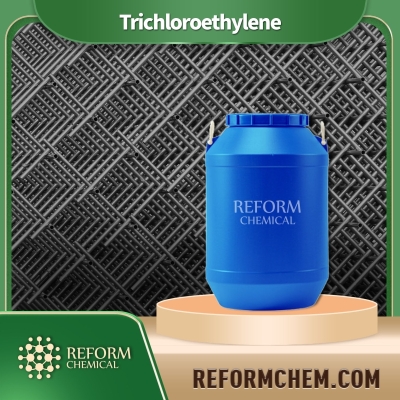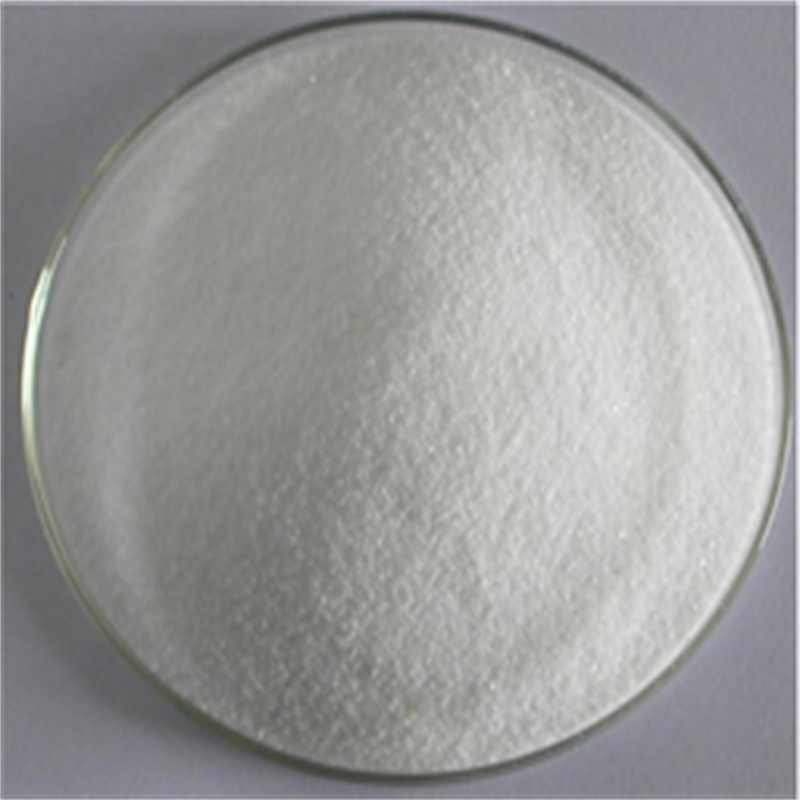-
Categories
-
Pharmaceutical Intermediates
-
Active Pharmaceutical Ingredients
-
Food Additives
- Industrial Coatings
- Agrochemicals
- Dyes and Pigments
- Surfactant
- Flavors and Fragrances
- Chemical Reagents
- Catalyst and Auxiliary
- Natural Products
- Inorganic Chemistry
-
Organic Chemistry
-
Biochemical Engineering
- Analytical Chemistry
-
Cosmetic Ingredient
- Water Treatment Chemical
-
Pharmaceutical Intermediates
Promotion
ECHEMI Mall
Wholesale
Weekly Price
Exhibition
News
-
Trade Service
Radiotherapy is one of the main methods of cancer treatment, according to statistics, about 70% of cancer patients currently need to use radiation therapy in the course of cancer treatmentHowever, this treatment requires patients to be exposed to radiation for long periods of time, large areas, often prone to damage to normal cells in the body, resulting in hair loss, tiredness and other side effectsIs there a more effective and safer radiotherapy solution? Researchers at the University of Pennsylvania have designed a new proton FLASH radiation therapy system that can precisely control beam flux in milliseconds, killing cancer cells while effectively avoiding damage to normal tissue, which could represent a sea change in the field of oncology in the futurethe report was published recently in The International Journal of Radiation Oncology, Biology, and PhysicsThe magazine is the official journal of the American Society of Radiotherapy and Oncology (ASTRO), known as the Redskins journal in the field of radiation oncology, and the most influential magazine in the field of international oncology radiotherapyexperiment, researchers designed and built a novel "FLASH" radiotherapy (RT) device that uses double-scattered protons to provide FLASH (60-100Gy/s) or standard (0.5-1 Gy/s) dose rates in computer tomography (CT)The researchers used the device to compare the effects of FLASH proton radiotherapy and standard proton radiotherapy (RPT) on mice withpancreastumorsthe establishment of proton radiotherapy schematics
measured by adding EdU, in the study of acute intestinal injury after 15 Gy full-abdominal proton radiotherapy, the number of nest proliferation cells per cryogenic cell in FLASH proton radiotherapy mice was significantly higher than in the standard PRT miceIn addition, FLASH proton radiotherapy retains a higher percentage of regenerative crypts than standard proton radiotherapyIn a further experiment, the researchers looked at the effects of two methods on intestinalfibrosis in miceand found that FLASH protons did not cause the common side effects of intestinal fibrosis FLASH dose radiation can better maintain the proliferation of intestinal cryptine and inhibit the formation of fibrosis
in short, this is the first study to prove that the use of protons instead of electrons to produce FLASH doses and the current use of accelerated agents for clinical therapy is feasible Researchers have begun exploring how to turn the treatment into clinical trials, including the design of a FLASH delivery system that can be used in humans







